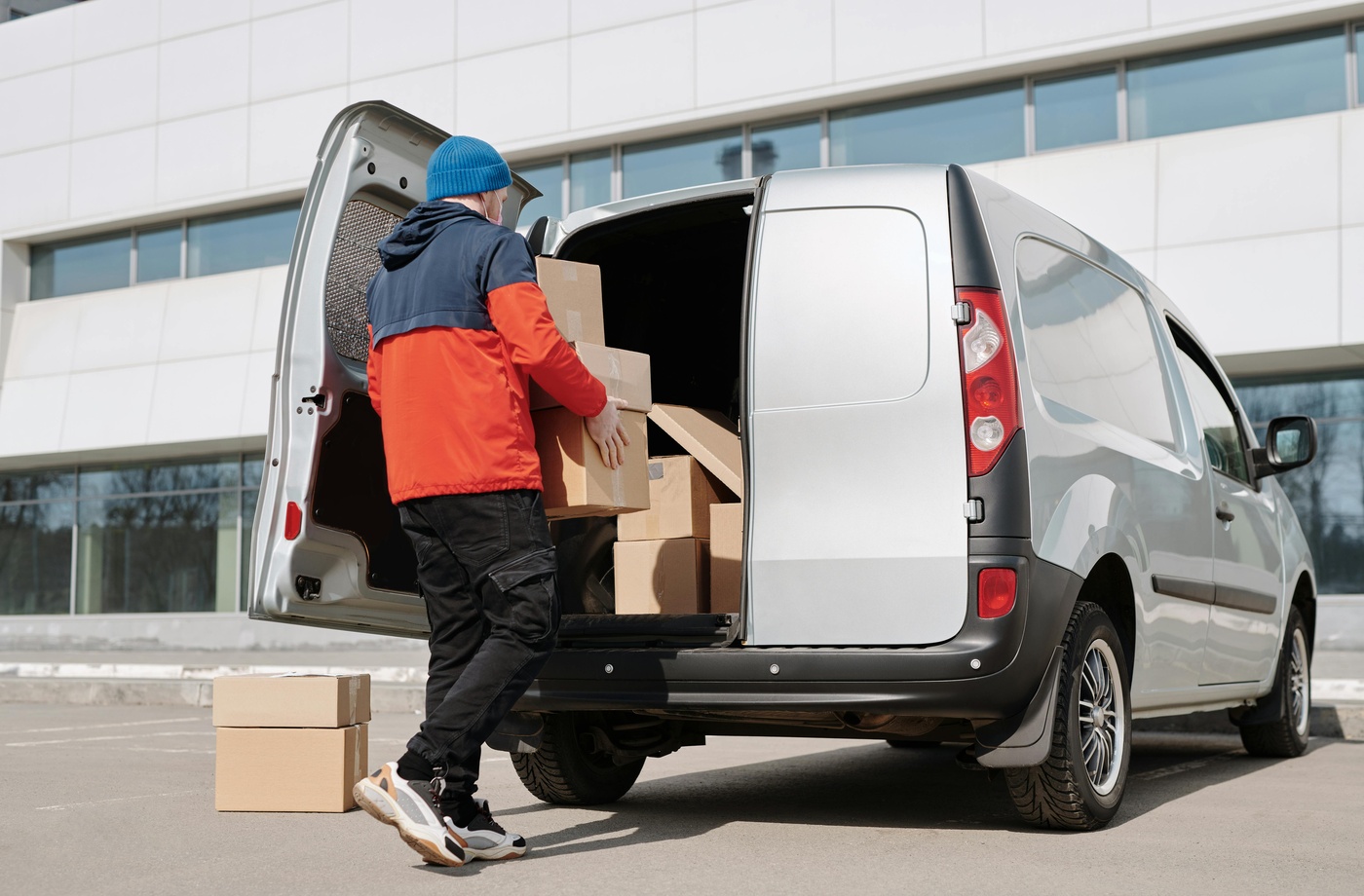Top 10 Fuel-Efficient Driving Habits to Start Using Today
Saving money on fuel is something every driver strives for, especially with fluctuating gas prices. One of the most effective ways to lower your fuel costs is by adopting fuel-efficient driving habits. By making simple adjustments to how you drive and maintain your vehicle, you can maximize your fuel economy and save money. Here are the top 10 fuel-efficient driving habits you can start using today.
- Reduce Idling
Idling for long periods wastes fuel. If you’re parked or waiting for more than a minute, it’s more efficient to turn off your engine and restart when you’re ready to go. This applies to waiting in traffic, at a drive-thru, or even when waiting for someone to arrive. According to the EPA’s fuel economy site, restarting your engine uses less fuel than keeping it running for extended periods. - Drive Smoothly and Avoid Sudden Stops
Aggressive driving, such as hard acceleration or sudden braking, can decrease fuel efficiency significantly. It’s important to drive smoothly, accelerating gradually and slowing down gently. Studies suggest that smooth driving can increase fuel efficiency by up to 30% in city traffic and 10% on highways. This technique is sometimes referred to as “eco-driving” or “green driving.” - Use Cruise Control on Highways
Cruise control can help you maintain a steady speed on highways, which leads to better fuel economy. When you keep a consistent speed, your vehicle doesn’t waste fuel by speeding up and slowing down. According to Fuel Economy.gov, using cruise control can increase fuel efficiency on long highway trips by as much as 7%. - Keep Tires Properly Inflated
Under-inflated tires create more rolling resistance, which makes your engine work harder, using more fuel. It’s a simple but crucial habit to check your tire pressure at least once a month. - Lighten Your Load
Carrying unnecessary weight in your vehicle, especially on the roof, can reduce your fuel economy. Heavy items in your trunk, or a roof box, increase drag and force your car to use more fuel. FuelEconomy.gov recommends keeping your car as light as possible. For example, remove your roof rack when it’s not in use to reduce wind resistance, which also affects fuel efficiency. - Avoid Speeding
Driving at high speeds consumes more fuel. Studies have shown that driving just 5 mph over 50 mph can cost you an extra 20 cents per gallon of fuel. To save money, stick to the speed limit. This is especially important on highways and rural roads where speeds tend to increase. Fuel Economy.gov highlights that moderate speeds can improve fuel efficiency by up to 15%. - Maintain Your Vehicle Regularly
Routine maintenance ensures that your vehicle runs smoothly and efficiently. Regular oil changes, replacing air filters, and keeping the engine in optimal condition can all help improve fuel efficiency. Check out the Car Care Council’s maintenance guide for tips on how to keep your car in top shape. A well-maintained vehicle can reduce fuel consumption and prolong the life of your engine. - Plan Your Routes Efficiently
Planning your trips ahead of time can help you avoid unnecessary detours or driving in circles. Use apps like Google Maps or Waze to avoid traffic jams and congestion, which can waste fuel. By planning your routes, you can avoid idling and stop-and-go driving, making your trips more fuel-efficient. - Use the Air Conditioning Sparingly
Air conditioning uses energy from your engine, which can lower fuel efficiency. When driving at low speeds or in heavy traffic, consider turning off the A/C and opening the windows instead. However, when driving at high speeds, it’s generally more fuel-efficient to use the A/C, as open windows increase drag. For more fuel-saving tips, check out the EPA’s tips on using air conditioning. - Choose the Right Car for Your Needs
If you’re in the market for a new vehicle, consider fuel efficiency as a priority. Many vehicles, especially hybrids and electric cars, are designed to reduce fuel consumption and lower emissions. The EPA’s fuel economy site is a great resource for comparing the fuel efficiency of different cars before you make a purchase. Opting for a more efficient vehicle is one of the best long-term solutions for saving on fuel.
Final Thoughts
By adopting these top 10 fuel-efficient driving habits, you can start saving money on fuel without making drastic changes. Simple adjustments like reducing idling, maintaining proper tire pressure, and using cruise control can make a significant difference in your fuel economy. By making these habits part of your routine, you’ll not only save on fuel but also reduce your environmental impact.



